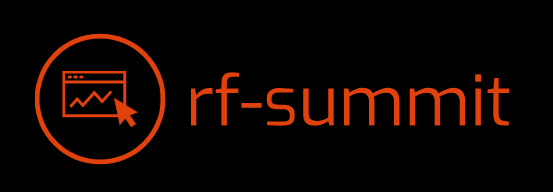Finding Your Flow Mastering Work-Life Balance
Understanding Your Personal Flow State
We all have moments where we’re completely absorbed in a task, time seems to fly by, and we feel a sense of effortless productivity. This is often referred to as “flow,” a state of intense focus and engagement. Understanding what triggers your flow state is crucial to mastering work-life balance. It’s not just about working harder; it’s about working smarter, aligning your tasks with your strengths and energy levels. Pay attention to when you feel most productive and creative. What kind of tasks are you working on? What’s the environment like? Identifying your personal flow triggers allows you to design your day to maximize those periods of peak performance.
Prioritizing Tasks for Maximum Impact
Many of us struggle with endless to-do lists. The key isn’t just completing everything; it’s prioritizing what truly matters. Start by identifying your most important tasks, the ones that move you closer to your goals, both professionally and personally. Use techniques like the Eisenhower Matrix (urgent/important) or simply ranking your tasks by their impact. Tackle the most challenging or demanding tasks during your peak productivity hours, when you’re most likely to enter a flow state. This prevents burnout and ensures you’re dedicating your best energy to your most important endeavors.
Setting Realistic Expectations and Boundaries
Overcommitment is a major obstacle to work-life balance. We often try to do too much, leading to stress, burnout, and a feeling of being overwhelmed. Learning to say “no” is crucial. Set realistic expectations for yourself, both at work and in your personal life. Define clear boundaries between work and personal time. This could involve setting specific work hours, designating a workspace at home, or turning off notifications outside of work hours. Respecting your boundaries protects your time and energy, allowing you to fully engage in both work and personal activities.
The Power of Breaks and Mindfulness
Ironically, taking breaks can actually improve your productivity. Our brains aren’t designed for constant focus. Regular breaks allow your mind to rest and recharge, improving concentration and creativity. Incorporate short breaks throughout your workday, stepping away from your screen, stretching, or taking a short walk. Mindfulness practices, such as meditation or deep breathing exercises, can further enhance focus and reduce stress. These techniques help you stay present and engaged in the task at hand, optimizing your flow state and improving overall well-being.
Integrating Personal Interests and Hobbies
Work-life balance isn’t just about dividing your time; it’s about integrating different aspects of your life. Make time for hobbies and activities you enjoy. These activities provide a much-needed break from work, re-energize you, and bring a sense of fulfillment beyond your professional life. Consider incorporating elements of your hobbies into your work if possible. This could involve listening to music while working, taking a walk during your lunch break, or even incorporating creative problem-solving techniques into your projects.
Leveraging Technology and Tools
Technology can be both a help and a hindrance to work-life balance. While it can make us more productive,


